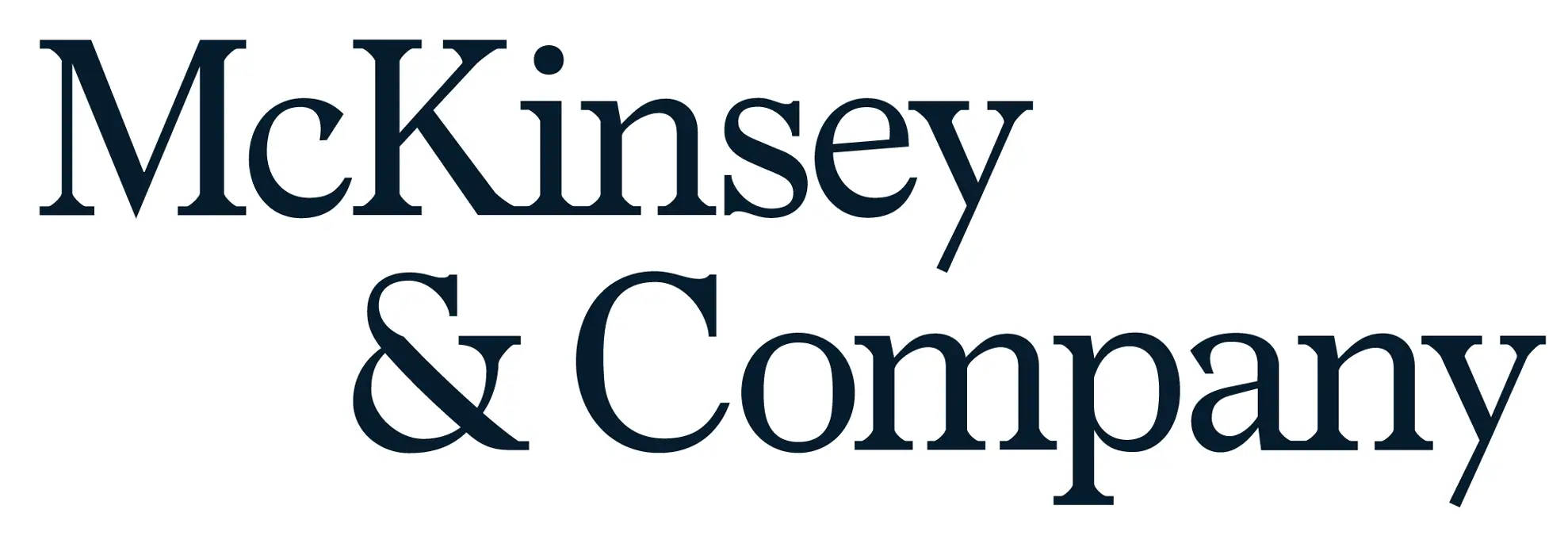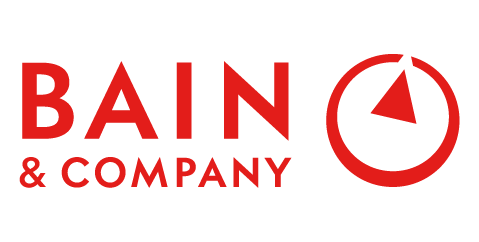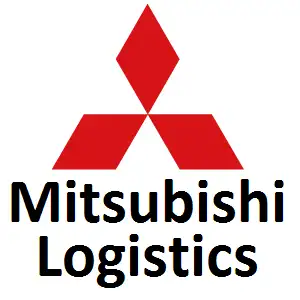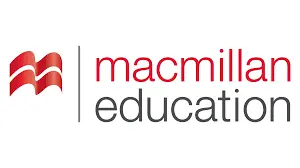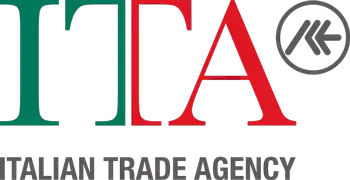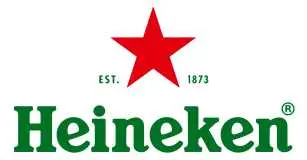
Green Building Materials Market Growth, Trends, Size, Revenue, Challenges and Future Competition
Green Building Materials Market Size- By Product Type, By Application, By End User- Regional Outlook, Competitive Strategies and Segment Forecast to 2033
| Published: Jul-2023 | Report ID: COAM2325 | Pages: 1 - 224 | Formats*: |
| Category : Construction & Manufacturing | |||
- October 2022: Holcim has completed the acquisition of Wiltshire Heavy Building Materials, a prominent company known for its building solutions and focus on material circularity in the United Kingdom. This strategic move by Holcim will enhance its position in the green building materials market of the United Kingdom.
- In August 2022: Saint-Gobain completed the acquisition of Kaycan, a renowned manufacturer and distributor of exterior building materials operating in Canada and the United States. This acquisition bolstered Saint-Gobain's position as a global leader in lightweight and sustainable construction. It enabled the company to become the dominant player in the Canadian siding market and expand its vinyl product offerings in the United States. Additionally, the acquisition provided Saint-Gobain with complementary solutions in aluminum and engineered wood.
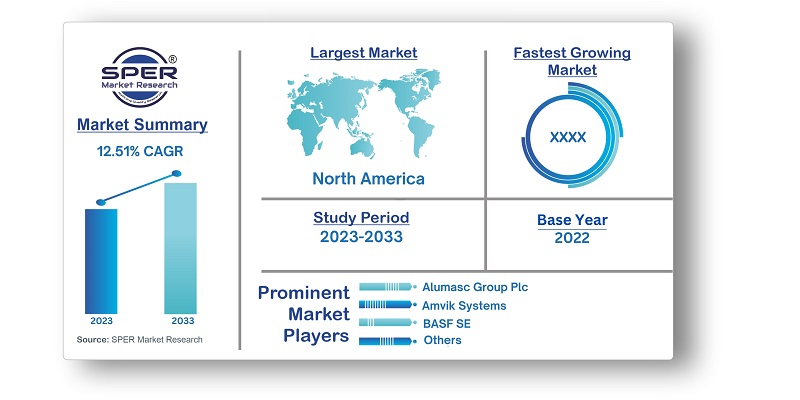
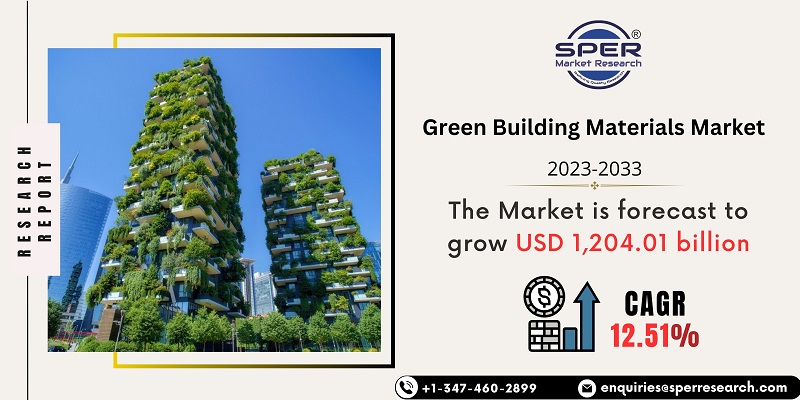
| Report Metric | Details |
| Market size available for years | 2019-2033 |
| Base year considered | 2022 |
| Forecast period | 2023-2033 |
| Segments covered | By Product Type, By Application, By End User |
| Regions covered | Asia Pacific, Europe, Middle East and Africa, North America, Latin America |
| Companies Covered | Alumasc Group Plc, Amvik Systems, BASF SE, Bauder Limited, Binderholz GmbH, E. I. du Pont de Nemours and Company, Forbo International SA, Interface Inc., Kingspan Group plc, Owens Corning, Others |
- Architects and Designers
- Building Owners and Facility Managers
- Developers and Construction Companies
- Environmental Organizations and Advocacy Groups
- Homeowners and Tenants
- Suppliers and Manufacturers of Green Building Materials
- Others
| By Product Type: |
|
| By Application: |
|
| By End User: |
|
- Global Green Building Materials Market Size (FY’2020-FY’2032)
- Overview of Global Green Building Materials Market
- Segmentation of Global Green Building Materials Market By Product Type (Building Systems, Exterior Products, Interior Products, Solar Products, Others)
- Segmentation of Global Green Building Materials Market By Application (Exterior Siding, Framing, Insulation, Interior Finishing, Roofing, Other Applications)
- Segmentation of Global Green Building Materials Market By End User (Commercial & Office, Hospitality & Leisure, Industrial, Institutional, Residential, Other)
- Statistical Snap of Global Green Building Materials Market
- Global Green Building Materials Market Expansion Analysis
- Problems and Challenges in Global Green Building Materials Market
- Competitive Landscape in the Global Green Building Materials Market
- Effects of COVID-19 and demonetization on the Global Green Building Materials Market
- Details on Current Investment in Global Green Building Materials Market
- Competitive Analysis of Global Green Building Materials Market
- Prominent Players in the Global Green Building Materials Market
- SWOT Analysis of Global Green Building Materials Market
- Global Green Building Materials Market Future Outlook and Projections (FY’2020-FY’2032)
- Recommendations from Analyst
1.1. Scope of the report1.2. Market segment analysis
2.1. Research data source2.1.1. Secondary Data2.1.2. Primary Data2.1.3. SPER’s internal database2.1.4. Premium insight from KOL’s2.2. Market size estimation2.2.1. Top-down and Bottom-up approach2.3. Data triangulation
4.1. Driver, Restraint, Opportunity and Challenges analysis4.1.1. Drivers4.1.2. Restraints4.1.3. Opportunities4.1.4. Challenges4.2. COVID-19 Impacts of the Global Green Building Materials Market
5.1. SWOT Analysis5.1.1. Strengths5.1.2. Weaknesses5.1.3. Opportunities5.1.4. Threats5.2. PESTEL Analysis5.2.1. Political Landscape5.2.2. Economic Landscape5.2.3. Social Landscape5.2.4. Technological Landscape5.2.5. Environmental Landscape5.2.6. Legal Landscape5.3. PORTER’s Five Forces5.3.1. Bargaining power of suppliers5.3.2. Bargaining power of buyers5.3.3. Threat of Substitute5.3.4. Threat of new entrant5.3.5. Competitive rivalry5.4. Heat Map Analysis
6.1. Global Green Building Materials Market Manufacturing Base Distribution, Sales Area, Product Type6.2. Mergers & Acquisitions, Partnerships, Product Launch, and Collaboration in Global Green Building Materials Market
7.1. Global Green Building Materials Market Value Share and Forecast, By Product Type, 2020-20327.2. Building Systems7.3. Exterior Products
7.3.1. Doors7.3.2. Roofing7.3.3. Siding7.3.4. Windows
7.4. Interior Products7.4.1. Floorings7.4.2. Insulation7.5. Solar Products7.6. Others
8.1. Global Green Building Materials Market Value Share and Forecast, By Application, 2020-20328.2. Exterior Siding8.3. Framing8.4. Insulation8.5. Interior Finishing8.6. Roofing8.7. Other Applications
9.1. Global Green Building Materials Market Value Share and Forecast, By End User, 2020-20329.2. Commercial & Office9.3. Hospitality & Leisure9.4. Industrial9.5. Institutional9.6. Residential9.7. Other
10.1. Global Green Building Materials Market Size and Market Share
11.1. Global Green Building Materials Market Size and Market Share By Product Type (2019-2026)11.2. Global Green Building Materials Market Size and Market Share By Product Type (2020-2032)
12.1. Global Green Building Materials Market Size and Market Share By Application (2019-2026)12.2. Global Green Building Materials Market Size and Market Share By Application (2020-2032)
13.1. Global Green Building Materials Market Size and Market Share By End User (2019-2026)13.2. Global Green Building Materials Market Size and Market Share By End User (2020-2032)
14.1. Global Green Building Materials Market Size and Market Share By Region (2019-2026)14.2. Global Green Building Materials Market Size and Market Share By Region (2020-2032)14.3. Asia-Pacific14.3.1. Australia14.3.2. China14.3.3. India14.3.4. Japan14.3.5. South Korea14.3.6. Rest of Asia-Pacific14.4. Europe14.4.1. France14.4.2. Germany14.4.3. Italy14.4.4. Spain14.4.5. United Kingdom14.4.6. Rest of Europe14.5. Middle East and Africa14.5.1. Kingdom of Saudi Arabia14.5.2. United Arab Emirates14.5.3. Rest of Middle East & Africa14.6. North America14.6.1. Canada14.6.2. Mexico14.6.3. United States14.7. Latin America14.7.1. Argentina14.7.2. Brazil14.7.3. Rest of Latin America
15.1. Alumasc Group Plc15.1.1. Company details15.1.2. Financial outlook15.1.3. Product summary15.1.4. Recent developments15.2. Amvik Systems15.2.1. Company details15.2.2. Financial outlook15.2.3. Product summary15.2.4. Recent developments15.3. BASF SE15.3.1. Company details15.3.2. Financial outlook15.3.3. Product summary15.3.4. Recent developments15.4. Bauder Limited15.4.1. Company details15.4.2. Financial outlook15.4.3. Product summary15.4.4. Recent developments15.5. E. I. du Pont de Nemours and Company15.5.1. Company details15.5.2. Financial outlook15.5.3. Product summary15.5.4. Recent developments15.6. Forbo International SA15.6.1. Company details15.6.2. Financial outlook15.6.3. Product summary15.6.4. Recent developments15.7. Interface Inc.15.7.1. Company details15.7.2. Financial outlook15.7.3. Product summary15.7.4. Recent developments15.8. Kingspan Group plc15.8.1. Company details15.8.2. Financial outlook15.8.3. Product summary15.8.4. Recent developments15.9. Owens Corning15.9.1. Company details15.9.2. Financial outlook15.9.3. Product summary15.9.4. Recent developments15.10. Others
SPER Market Research’s methodology uses great emphasis on primary research to ensure that the market intelligence insights are up to date, reliable and accurate. Primary interviews are done with players involved in each phase of a supply chain to analyze the market forecasting. The secondary research method is used to help you fully understand how the future markets and the spending patterns look likes.
The report is based on in-depth qualitative and quantitative analysis of the Product Market. The quantitative analysis involves the application of various projection and sampling techniques. The qualitative analysis involves primary interviews, surveys, and vendor briefings. The data gathered as a result of these processes are validated through experts opinion. Our research methodology entails an ideal mixture of primary and secondary initiatives.
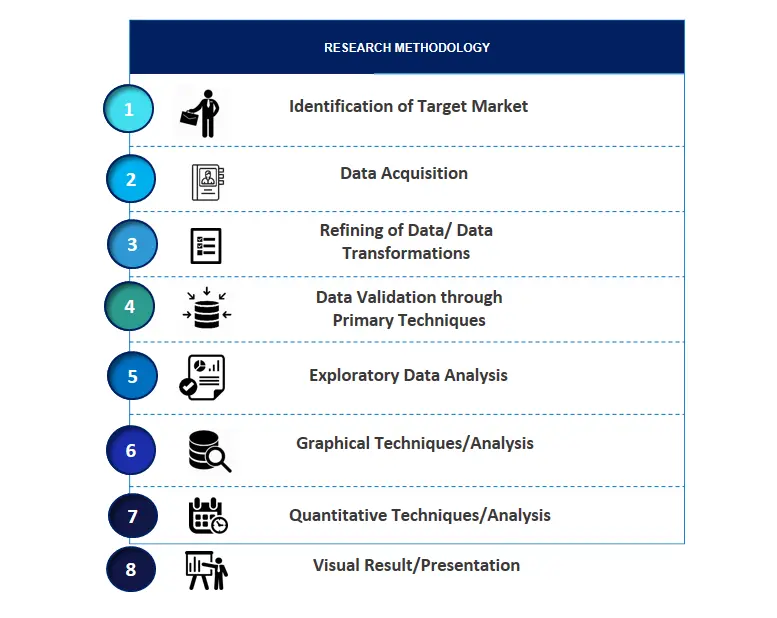
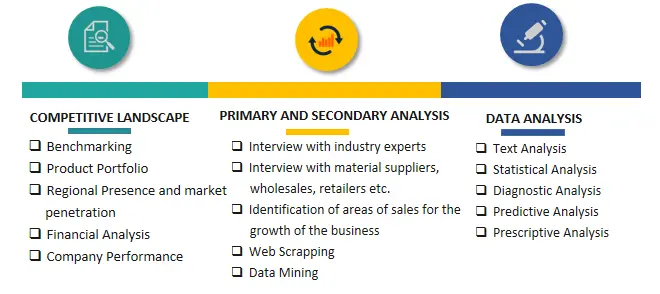

Frequently Asked Questions About This Report
PLACE AN ORDER
Year End Discount
Sample Report
Pre-Purchase Inquiry
NEED CUSTOMIZATION?
Request CustomizationCALL OR EMAIL US
100% Secure Payment
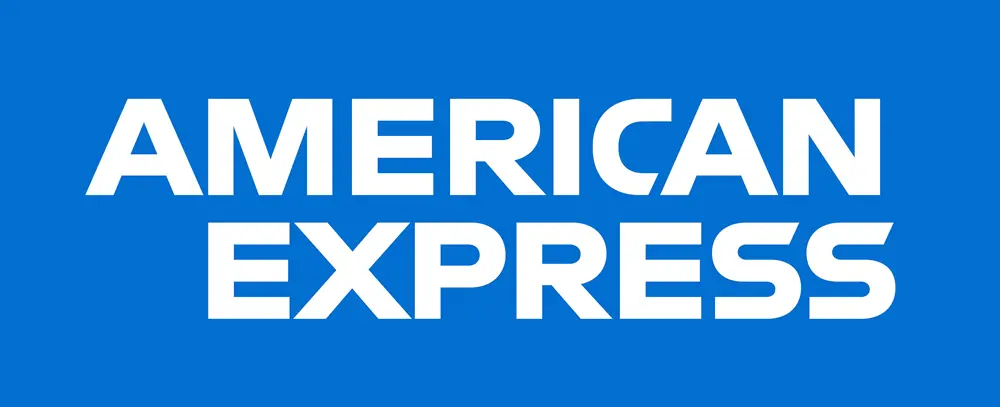





Related Reports
Our Global Clients
Our data-driven insights have influenced the strategy of 200+ reputed companies across the globe.






